Two days ago, the author saw from the circle of friends that the 2NR-FKE 1.5L engine carried by Toyota's new car has a thermal efficiency of “up to†of 38%. I can't help thinking that even the world's most efficient engine is half the combustion efficiency. Is it not? Is the engine too "not going to pass"?
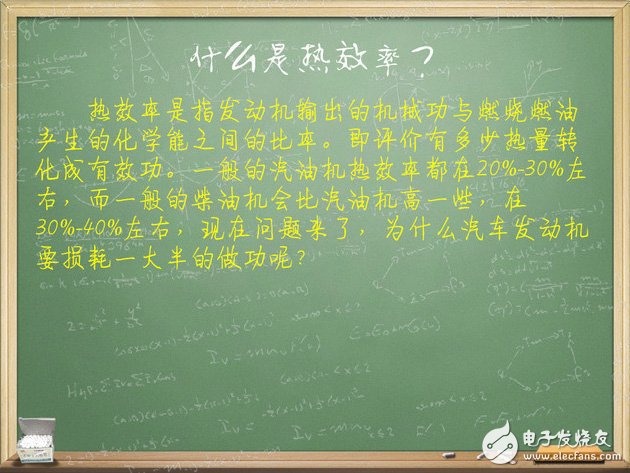
What is thermal efficiency?
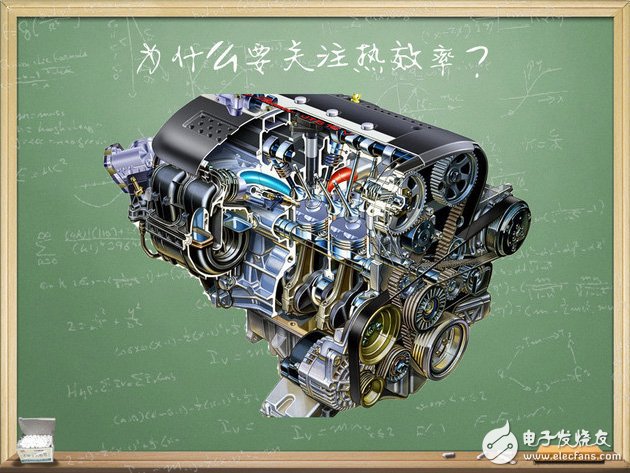
Why pay attention to thermal efficiency?

why?
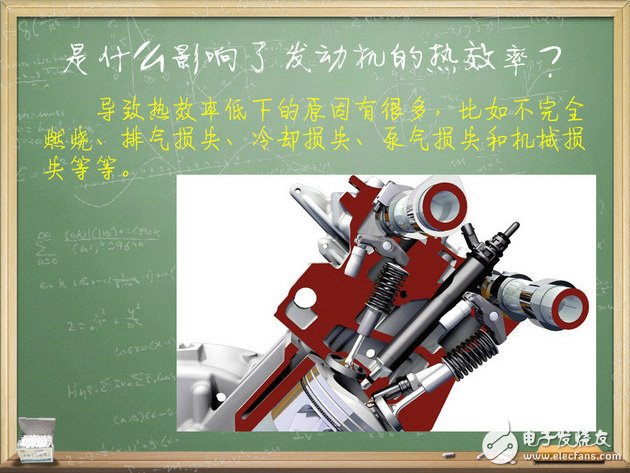
What factors affect the thermal efficiency of the engine?
Not all of the heat generated by the complete combustion of the fuel is converted into useful work. Only a small part of the heat is involved in pushing the piston and driving the crankshaft. The rest of the heat is taken away by the engine cooling system, which is called cooling loss; part of it is exhausted to the atmosphere. It is called exhaust loss, which accounts for about 40% of the total energy. That is to say, less than one-third of the useful energy generated by fuel combustion is effectively utilized, and more than two-thirds of the heat is wasted. The thermal efficiency of the engine itself is difficult to increase significantly, because this excessive heat will affect the engine if it is not discharged.
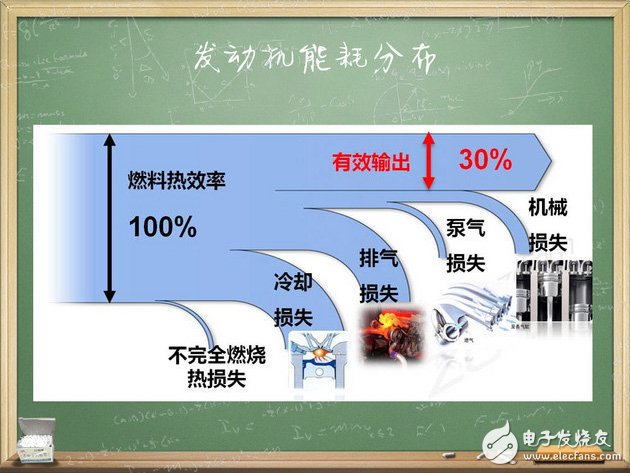
Engine energy distribution
In addition, incomplete combustion and mechanical loss are also important factors leading to low thermal efficiency. Incomplete combustion of gasoline is often caused by insufficient intake air. Nowadays, there are many countermeasures, direct injection in the cylinder and turbocharging. It is a way to improve thermal efficiency.
Automobile engine is a machine that converts the chemical energy of fuel into mechanical energy. There are heat loss and mechanical loss in the process of conversion. The heat loss is mainly caused by the combustion of fuel first to generate heat energy. The high temperature gas of combustion explosion pushes the piston to work, and a considerable part of it The heat is transmitted to the engine's body and cylinder head and is dissipated through the cooling system. In addition, a considerable part of the heat is discharged with the exhaust gas; the loss of mechanical parts includes friction loss and motion loss, and frictional resistance of the moving mechanism such as crankshaft and piston. To consume power, it is well known that only one stroke of the engine's four strokes is work, and the other three strokes are power consuming.

Why is the thermal efficiency of a diesel engine higher than that of a gasoline engine?
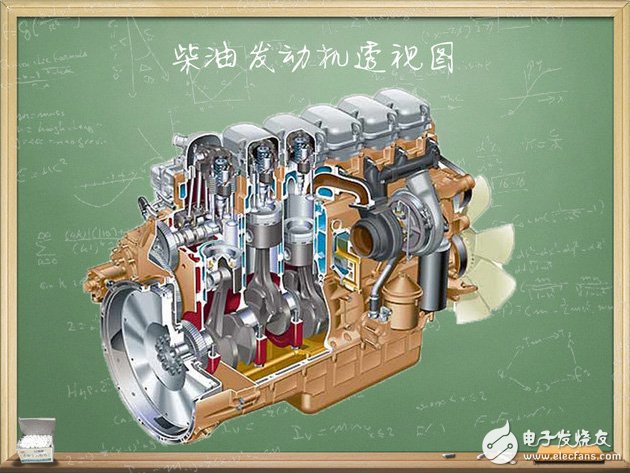
Diesel engine perspective

How can future gasoline opportunities improve thermal efficiency?
We just mentioned several ways of circulating the engine. In the next issue, we will introduce you to the difference between the Otto cycle, the Miller cycle and the Atkinson cycle. Stay tuned.
smart infrared touch screen for advertising display monitor,floor stand,multiple sizes,android system;
floor stand touch screen monitor
Jumei Video(Shenzhen)Co.,Ltd , https://www.jmsxdisplay.com